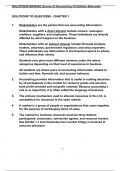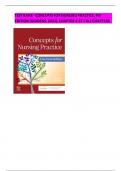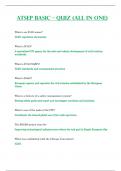Essay
Seminar 3 residential mobility and segregation (The effects of neighbourhoods on children and adolescents)
- Instelling
- Universiteit Utrecht (UU)
Example of an assignment for seminar 3 'The effects of neighbourhoods on children and adolescents' for Residential mobility and segregation. Master Human geography, UU.
[Meer zien]













